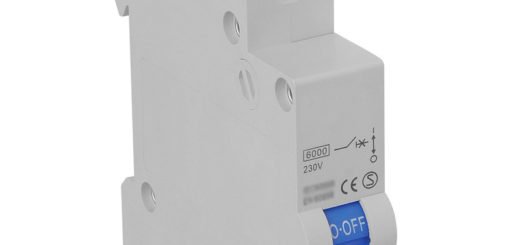Why Fuse is not connected in Neutral ?
 In electrical circuits, fuses are used as a protective device to prevent the circuit from an excess current flow. An excess current flow can cause due to many reasons such as short circuit, overload, etc.
In electrical circuits, fuses are used as a protective device to prevent the circuit from an excess current flow. An excess current flow can cause due to many reasons such as short circuit, overload, etc.
In an electrical system, the fuses are selected based on the power ratings, based on the maximum safe limit of current allowable to flow through the circuit. So, whenever the current flow through the fuse rise beyond its limit, the fuse will burn out and opens the circuit.
So what about if current selects an alternate route to flow, which has no fuse?
The answer is simple. The current flows in excess, but the circuit doesn’t disconnect.
The same may happen if the fuse is connected to neutral. Because the fuse can disconnect the circuit only when the excess current flows completely through the neutral.
But, a circuit can complete or obtain a conduction pathway either by the neutral or earth. So, if any electric shock or earth leakage occurs, the current flows from the phase line to earth. As far as the current is not returning to the neutral, the current continues its flow. But the circuit will still have the connection to the supply. This results in an electrical damage that can cause serious loss. So, the fuse should have to place at a point where all the algebraic sum of current flows. That is the main phase line.
Also, a fuse should completely isolate the load or wiring from the supply by its burn off or on removal. Since, neutral is not a live conductor coming from the source, disconnecting a neutral line can only open the current path through neutral. But, the live phase still carries the charge. It always provides a live supply at the conductors or to the load. So during a maintenance or repair, it is not possible to isolate the current carrying conductors by just taking out the fuse. Because still there has a possibility to make a conductive path across Earth and phase.
But in the case of a fuse connected in phase. If the circuit has any other conduction path, the complete current still has to flows through the fuse. Thus, a fuse connected in phase can provide all over protection.
Hence, considering safety reasons a fuse should not use in the neutral.


Thank you, for your very good explanations.This is a valuable material for all people.
If it is possible to explain, how to connect cut-off fuse in a 3 speed single phase ac table fan motor:
220 volt 50/60 Hz , Capacitor: 1.5 uF 400 VAC 50/60 Hz.
Whats the RPM, power rating / Full load ampere of the motor ?
Rpm is the speed of motor..full load amperage is actually the maximum current carrying capacity of armature winding in motor.